Can’t Nail The Edibles? Avoid These 9 Mistakes When Cooking With Weed For Perfect Edibles Every Time
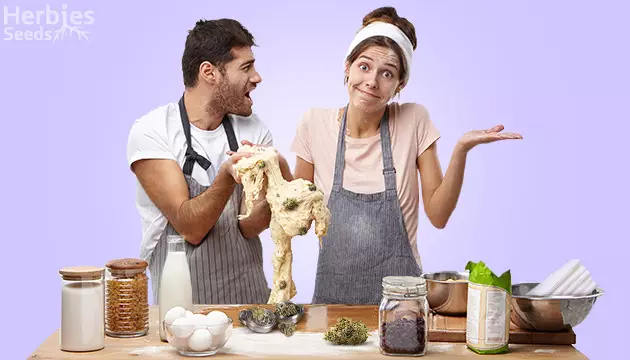
As a part of our Indoor Season series, today, we’re covering the topic that’s normally only possible to explore from the comfort of your own home – cooking with marijuana. Every grower who likes to experiment in the kitchen wants to know how to make strong edibles. Unfortunately, most growers fail to do enough research before cooking with weed. Proper tips are hard to find, which may lead to problems like burned cannabutter or edibles with zero effect. But not to worry – this guide will lead you through the top nine mistakes to avoid when cooking with marijuana. Take just a few minutes to read through it and enjoy hours of quality edible high.
Common Edible-Related Mistakes When Cooking With Weed
Even the easiest edibles to make like firecrackers or brownies are easy to ruin with poorly chosen materials. In the first section of our guide to the most common mistakes of cooking with weed, we’ll cover the essentials – the choice and preparation of weed.
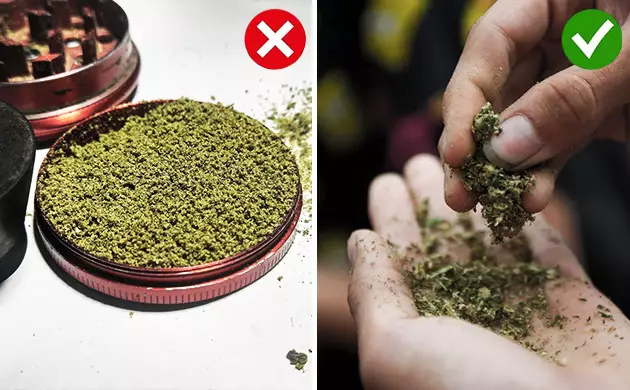
Mistake 1: Pulverizing Weed
Choosing the perfect grind for cooking with marijuana is an essential step that many growers slash kitchen enthusiasts overlook. You might think that if you grind your weed really fine and turn it into powder, you’ll increase the surface area of your weed, and will make a more potent slab of cannabutter as a result. However, that’s not true. A medium grind of cannabis flowers is fine enough to release all of the cannabinoids into your funny brownie, but if you use pulverized weed, you risk making cannabutter and edibles with unpleasant grassy flavor and dark green color. If you’ve ever burned weed in the oven, the reason might likewise be too fine a grind. So, prepare your weed as you normally would for making a joint – there’s no need to use a coffee grinder or a powerful blender.
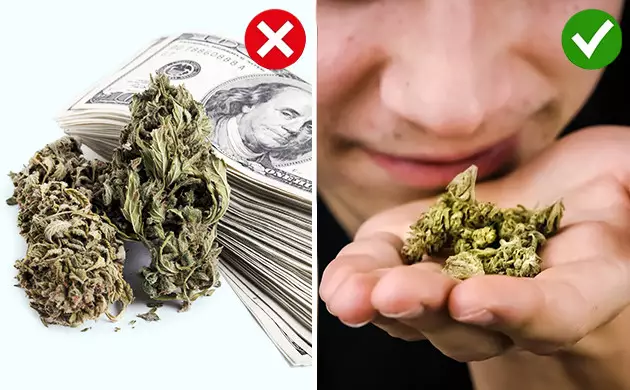
Mistake 2: Using The Most Expensive Cannabis Strains
The next one isn’t a mistake exactly, because it doesn’t hurt the edible itself or even affect its taste or potency, but using the most expensive strains for cooking with weed simply isn’t necessary. Sometimes we want to impress ourselves, friends, or family with the best edible ever that will shoot the taster straight to the cloud nine – so, naturally, we want to use the most high-quality and expensive bud. However, decades of experience have shown that the price tag alone rarely makes a difference when it comes to making edibles! In fact, it’s possible to make great weed edibles not only from the buds, but also from stems and trim. You’ll just need to double the amount of plant material to compensate for the potency. So, save that pricey bud for a nice, flavorful joint instead.
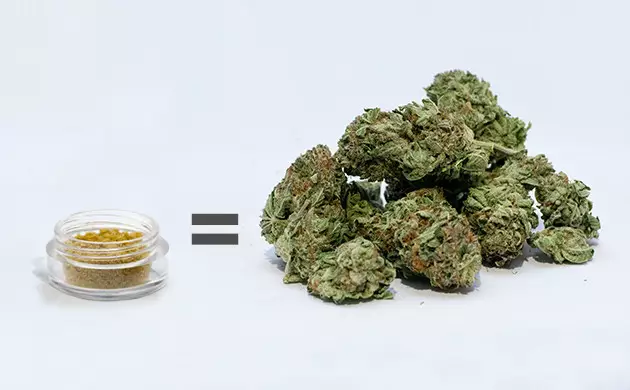
Mistake 3: Treating Concentrates Like Buds When Making Edibles
Sometimes you don’t have any weed to cook with, but your stash might be full of cannabis concentrates to choose from. You can definitely use these for making edibles, but you must understand that it’s a different material with distinctively different properties. Think of it as substituting syrup for sugar – almost the same thing, but it still requires some recalculation. First, concentrates are generally far stronger than buds, so you’ll need less of it. Second, each type needs to be treated differently. For example, if kief is super easy to work with, hash will have to be either blended or melted. So be sure to do some more research before cooking with weed concentrates instead of buds.
Mistakes To Avoid When Making Cannabutter Or Weed-Infused Oil
In the second part of this guide, we’re looking at the most common mistakes people commit when making cannabutter – the essential part of most edibles as well as the one that carries all the potency. Avoid making these mistakes to master the art of making cannabutter and create the maximum potency in your edibles.
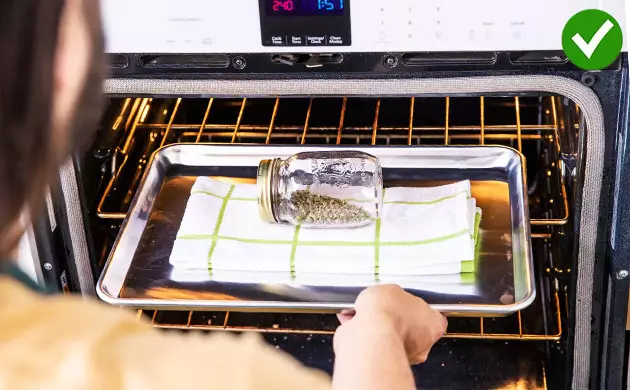
Mistake 4: Skipping Decarboxylation
This one might be the top mistake you want to avoid when cooking with weed butter. To make a brownie with magical effects, you can’t just use raw weed, unfortunately. Instead, you need to decarb your weed before making cannabutter or cooking with it. Decarboxylation is the process of first heating up weed in an oven or slow cooker. This step is absolutely necessary to activate the cannabinoids in your weed. If you skip decarboxylation, instead of psychoactive THC, you’ll be left with inactivated THC-A in your final product, which, to put it simply, means edibles with absolutely zero kick – no one wants that! So, above all, don’t forget to decarb your weed.
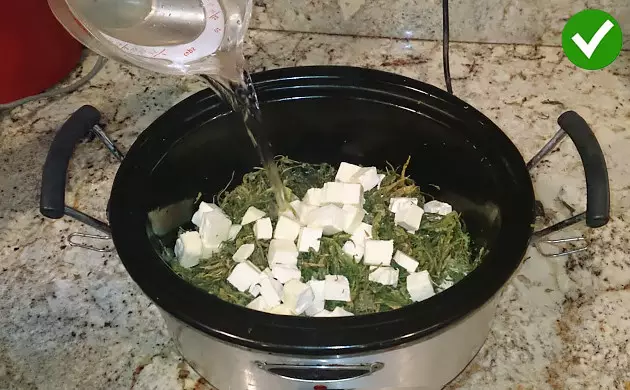
Mistake 5: Making Cannabutter Without Water
Can you overcook cannabutter? Absolutely! This is especially easy to accidentally do if you don’t add water to the pan while simmering your butter (or its plant-based alternative) with weed. Some weed enthusiasts might think that if you do so, you dilute the potency of the final product, but actually, this is not the case. THC only binds to the fat molecules in the butter, meaning there won’t be any left in the water after you’re done making cannabutter. So, don’t forget to add water to the butter – it will help you prevent it from burning, and you’ll end up with potent and delicious light green to slightly brown cannabutter.
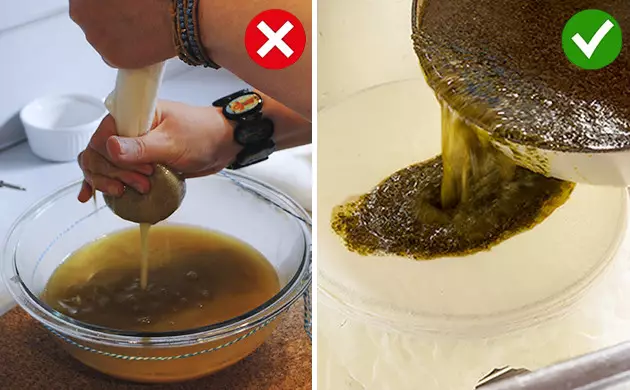
Mistake 6: Squeezing The Weed Infusion Too Hard
Even after you’re done simmering your cannabutter, there’s still a step left that can ruin the perfection of cannabutter you’ve been working on, and that’s straining the butter. You might be tempted to squeeze as tightly possible, not leaving any moisture in the plant matter. However, if you do so, you may only make your cannabutter worse. Squeezing everything until the very last drop will let the plant particles into the butter, making a negative impact on its taste. Instead, don’t squeeze at all – just leave it for about 10-15 minutes to strain naturally.
Mistakes To Avoid When Incorporating Weed Into Food
If you read through the final part of our guide to the main mistakes that occur while cooking with weed, you’ll learn how to incorporate weed into food properly, so that everyone tasting your treats will experience the expected effects in all their potency.
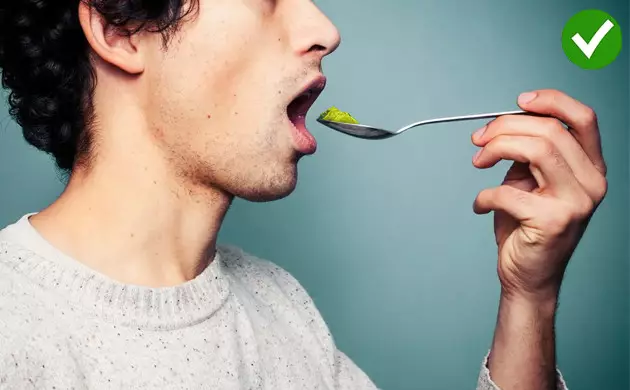
Mistake 7: Skipping The Cannabutter Potency Test
Don’t let pure chance decide what kind of experience you’re going to get from your edibles for you! Even if you’re repeating your old cannabutter recipe with the same strain, always do a potency test: have a small teaspoon of cannabutter and watch your reaction throughout the next hours. This will not only let you know if the cannabutter is exceptionally strong and needs to be dosed carefully, but will also help you save food and time in the future when cooking with the cannabutter in case something went wrong and this particular batch has no effect.
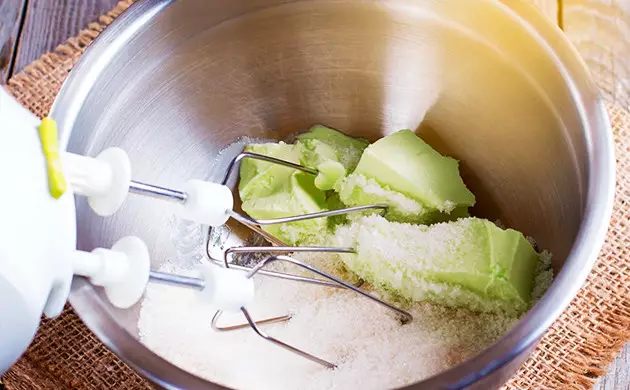
Mistake 8: Not Stirring The Cannabutter In Well Enough
This mistake happens not only when making edibles, but any dish in general: if you fail to stir well, some parts of your meal will be just tastier than others. When it comes to cooking with weed, you want to mix the cannabutter in really well, so that each portion receives an equal dose of cannabinoids and everyone’s bites are equally “delicious”!
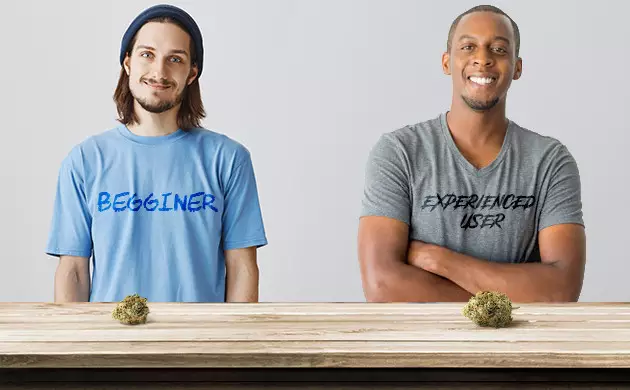
Mistake 9: Not Calculating The Dosage Per Portion Of Edibles
With our last tip, we’re circling back to the dosage of your edibles. Knowing the potency of each portion is crucial to having an enjoyable and safe experience, especially for beginners. In contrast, not calculating the dosage per person will often lead to unpredictable results. So, how do you calculate the dosage? Most modern strains have 15-20% THC in them, which means each gram of bud, depending on the strain, will contain 150-200mg of THC. A beginner’s dosage is 5-10mg per person, while experienced users can safely handle 10-20mg of THC. Usually, only around 50% of the THC is transferred to edibles, so 1 gram of 15-20% THC weed will result in 75-100mg of THC in edible form, which is 7-10 strong (10mg) beginner doses or 3-5 strong (20mg) doses for experienced users. Do the math, and you’ll always get the effects you hope for.
Perfect Weed Edibles Time After Time
Enjoying potent and delicious edibles doesn’t have to be hard, but it takes some practice to master your skills of cooking with marijuana. Don’t forget about the nine mistakes we’ve told you about today – it’s much easier to avoid them altogether than to deal with the consequences. Do you have your own secrets to making great edibles time after time? Share your knowledge with fellow growers in the comments below!
Herbies Head Shop expressly refuses to support the use, production, or supply of illegal substances. For more details read our Legal Disclaimer.

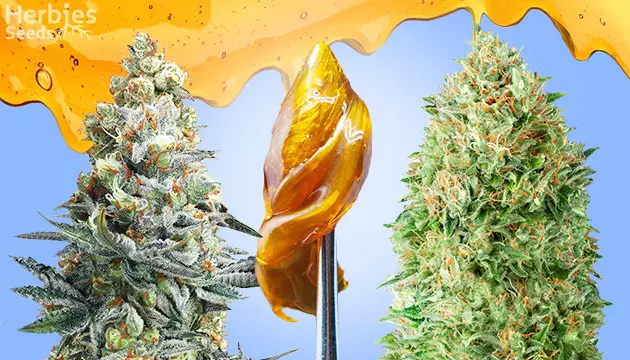
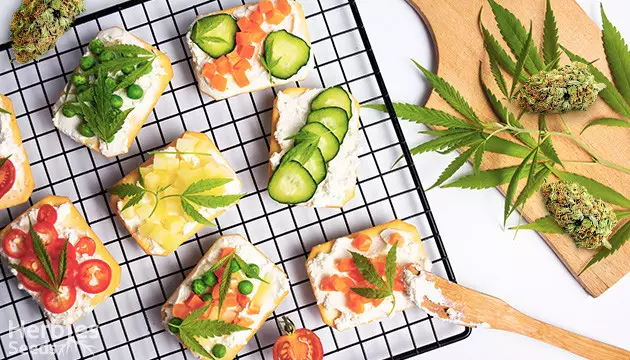
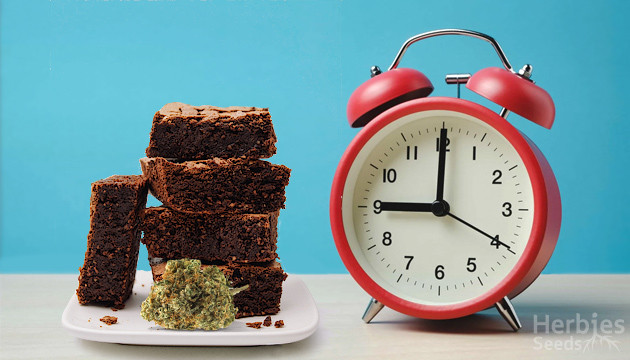
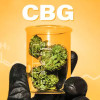

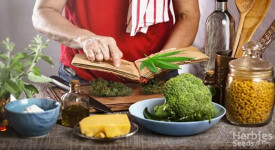

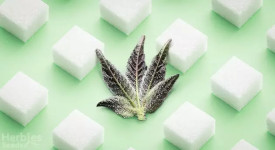



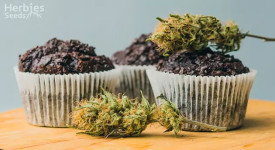
Thank you for leaving a comment for us!
Your feedback will be posted shortly after our moderator checks it.
Please note that we don’t publish reviews that: